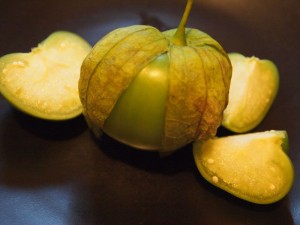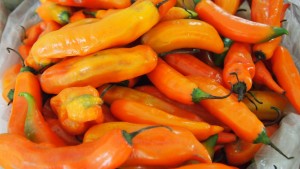A good stock or broth makes a good soup, but if you don’t have time to make it fresh (and frankly most people almost never do) there are several other options.
In Peru we had easy access to Maggi brand vegetable bouillon cubes. They taste good and are vegan, but they contain a lot of ingredients that many people try to avoid, including hydrogenated oil, MSG, and gluten. They are also very high in sodium. There are other brands of bouillon cubes with healthier ingredients, and since they will keep forever I would recommend keeping some vegetable broth cubes in your pantry. However, for daily use I prefer other stock/broth alternatives.
Boxed stocks do not typically get rave reviews, but there are some decent brands, and like bouillon cubes, they can keep at room temperature for a long time. I have found that mushroom based boxed stocks are usually a pretty good bet, but a good rule of thumb is to look for a brand that contains a high vegetable content and a very distant expiration date.
Demi-glace is a great step up from most boxed cubes stocks. These imitate a more traditional broth, which in the meat world would be made with bones and contain gelatin which gives the liquid a thicker consistency. More than Gourmet makes a gluten-free roasted vegetable demi-glace. It is also possible to make your own demi-glace and freeze it which is a good intermediate step between homemade stock and store-bought ready-to-use products. Traditional demi-glace is made by reducing broth into a thick and flavorful gelatin. Vegetarian home cooks can get the same effect by reducing vegetable stock and thickening it with tomato paste or a roux.
There is one product that I would recommend keeping in the fridge at home and using for all your non-homemade stock needs. Better than Bouillon is a demi-glace-like paste that comes in several vegan, gluten-free, organic, low-sodium, and/or kosher varieties, and all of the varieties I have tried so far taste wonderful! I have started to see it in more and more grocery stores, but if it is not available where you live you can also order it online from their website. The ingredients vary between types, and some have hydrogenated oil or gluten, but if you read the ingredients carefully you are destined to find a product that you love as much as I do.





